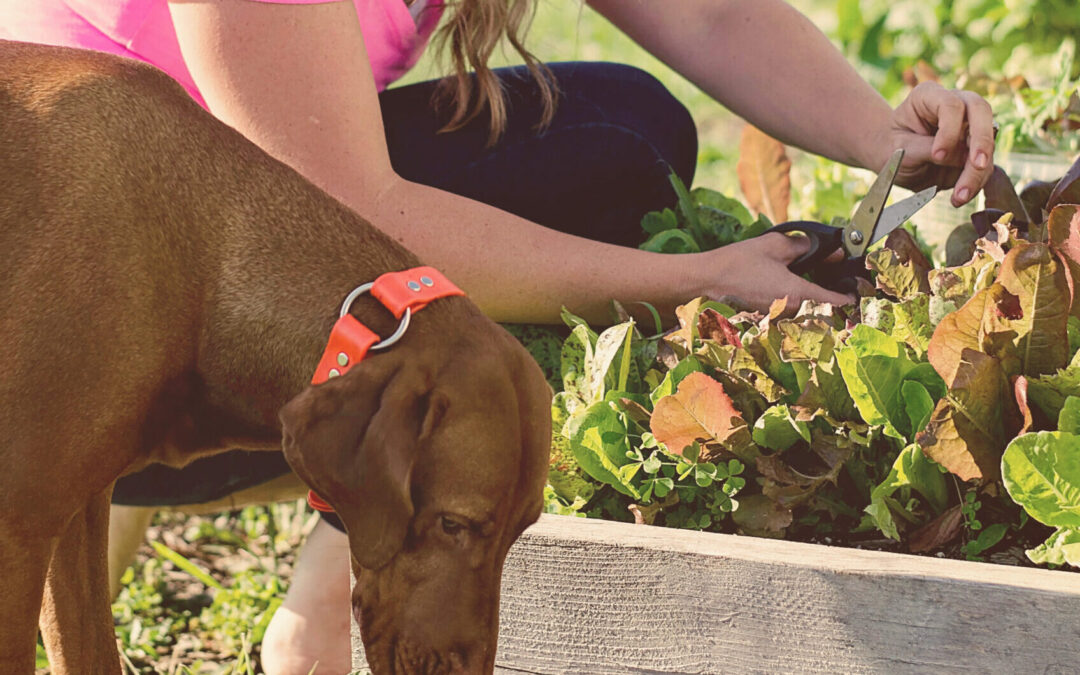
Essential Oils: Proving Treatment for Hot Spots on Dogs
Treating hot spots on dogs has always been tricky to do as there are multiple causes of skin irritation and itching. Just ruling out the initial cause of the irritation can take time. Dermatitis is often presented as an allergy to the dog’s environmental surroundings or diet and is usually treated with elimination diets, topical therapies, or anti-inflammatories. It can be difficult and time consuming to treat, as well as uncomfortable for the dog. Fortunately, help is on the horizon.
With the overuse of antibiotics to treat bacteria, many people are looking for safer alternatives for their pets and families. Researchers are also looking closely at antibiotic alternatives for effectiveness and finding some hopeful data in the process. Recently, university testing has found that essential oils can be useful in improving canine skin without adverse reactions.
An interesting three-clinic study from 2014 in The Veterinary Journal trialed a combination of oral polyunsaturated fatty acids and an applied essential oil for atopic dermatitis on a range of different breeds, ages, and gendered dogs. Clinics in the UK, USA, and Germany worked together and found a measurable improvement with the test group using neem oil, rosemary extract, lavender oil, clove oil, tea tree oil, oregano, peppermint oil, and cedar bark extract with linoleum acid and vitamin E. The full details of the study may be read here on Science Direct.
Another peer-reviewed study published in the Microorganisms Journal, February 2020, issue 2, “Antimicrobial Activity of Essential Oils against Staphylococcus and Malassezia Strains Isolated from Canine Dermatitis,” looks at the effectiveness of essential oils on canine dermatitis. Nine essential oils were reviewed, and the findings were promising when used for mixed infections. This particular study is available to read in detail here.
How to safely use essential oils for your dog
Because essential oils are taken directly from raw plants and distilled carefully to create a highly concentrated liquid, it’s important to know which ones should be diluted or diffused rather than used at full strength. Keep in mind that these oils should only be “therapeutic grade” oils from a reputable company, such as Young Living. Using oils to support good health means observing your pet for any adverse reactions, starting with a small amount. One single drop of essential oil diluted in a carrier oil, such as grapeseed, almond, apricot kernel or coconut oil is typically enough. If your dog is not happy about the oil smell, allow them an escape route away from you. Use them for two weeks and then evaluate any changes in your dog’s behavior or skin. If no changes are present in the first few days, you may want to change the approach. Using a modality like essential oils allows us to be very individual in our approach. So if something is not showing results pretty quickly, it’s time to pivot! Reach out, I’d love to help!
Here are some essential oils to try for your dog’s skin allergies or dermatitis:
Lavender – Calming, comforting, soothing to the skin. An easy go-to.
Frankincense – Its healing properties have been cherished for thousands of years. Use topically or internally.
Purification – Great applied topically to those troublesome ears of pets who love to swim! Diffuse to help with that pet smell!!
Peppermint – Great to help sooth the itch, relieve sore muscle, deters flies.
Oregano – Great immune support for allergy sufferers. I prefer this given internally, for example, a drop in a veggie cap wrapped in cream cheese.
How much oil do I need?
Working with someone who has experience in selecting and using these powerful healing elements can be helpful. Every animal is an individual and it is nice to customize. Some respond to one drop and other applications may take several drops with repetition. If you are just starting out it’s a good idea to use a carrier oil to dilute the essential oil so the body has more time to process it. If you feel you’ve used too much add more carrier oil, not water, water actually invigorates the essential oils.
For help with selecting an appropriate essential oil and its proper use for your dog, contact Mollie.
ABOUT MOLLIE VACCO

Certified health coach, with a focus on natural wellness and holistic modalities
Mom of three boys & wife
Licensed Parelli Instructor & horsewoman



